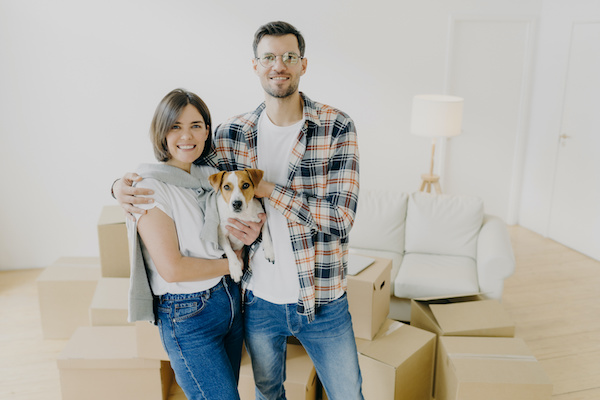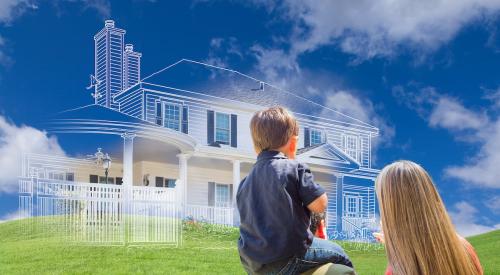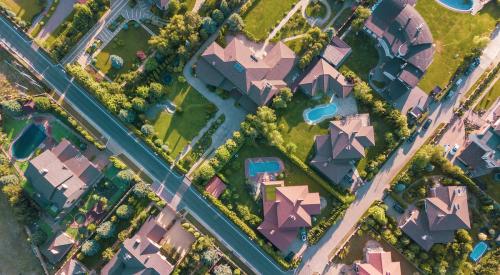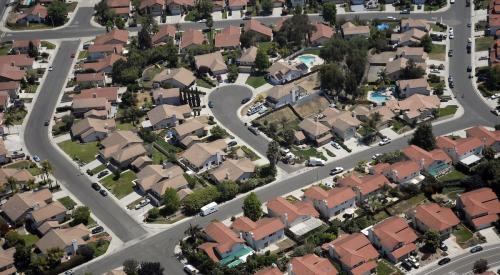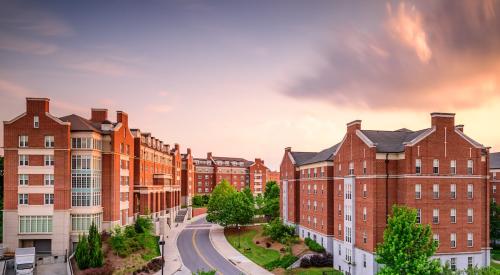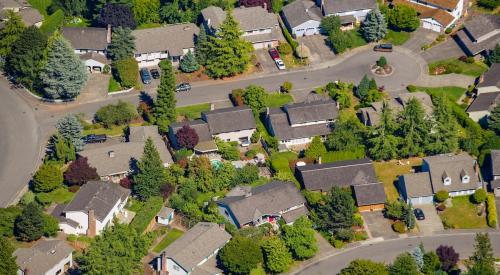With unemployment claims at record highs and much of the economy struggling to get by, the concept of the coronavirus pandemic actually increasing Millennial homeownership may seem far-fetched. But if 2020 has taught us anything, it is to expect the unexpected. With a closer look, the claim starts to make sense: Trading co-living for a single-family home and mobility for stability seem like logical moves after living through a national health crisis. And according to a leading business coach in real estate and lending, there is an influx of interest in move-up homes that backs this prediction up. See what other trends may arise post-COVID-19.
At the beginning of this year, I decided to store my belongings and live without a home base for a season, living out my dream of being a true digital nomad and exploring the way people live across the U.S. Since I traveled constantly for work, it wasn’t a huge lifestyle shift for me (other than getting to shock people at conferences by explaining I really did live out of my suitcase).
With the exception of a few people who seemed to be genuinely concerned I was living on the street, most were intrigued by the experiment. I stayed in Airbnbs, and I had a few regular routines to create my home wherever I went. My primary goal of the adventure (other than for the sake of the adventure itself) was to gain some unique insight into the way we live across America.
In late March, I was about to publish some of my insights on emerging trends about the concept of home and community when Los Angeles, my “home base” city, went into lockdown. In the wake of the pandemic, these trends, along with my nomadic lifestyle, came to a screeching halt.
